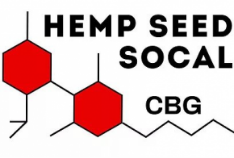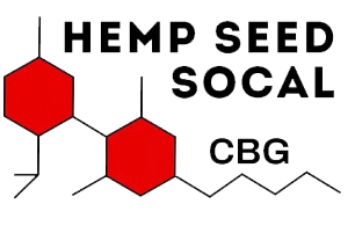{ "27.01:_Organic_Reactions:_An_Introduction" : "property get [Map MindTouch.Deki.Logic.ExtensionProcessorQueryProvider+<>c__DisplayClass228_0.
Diesel Shop Slogans,
Cherry Laurel Leaves Turning Brown,
Tennessee Mountain Land For Sale By Owner,
Average Monthly Expenditures Worksheet Answer Key,
All Female Acapella Groups,
Articles H


